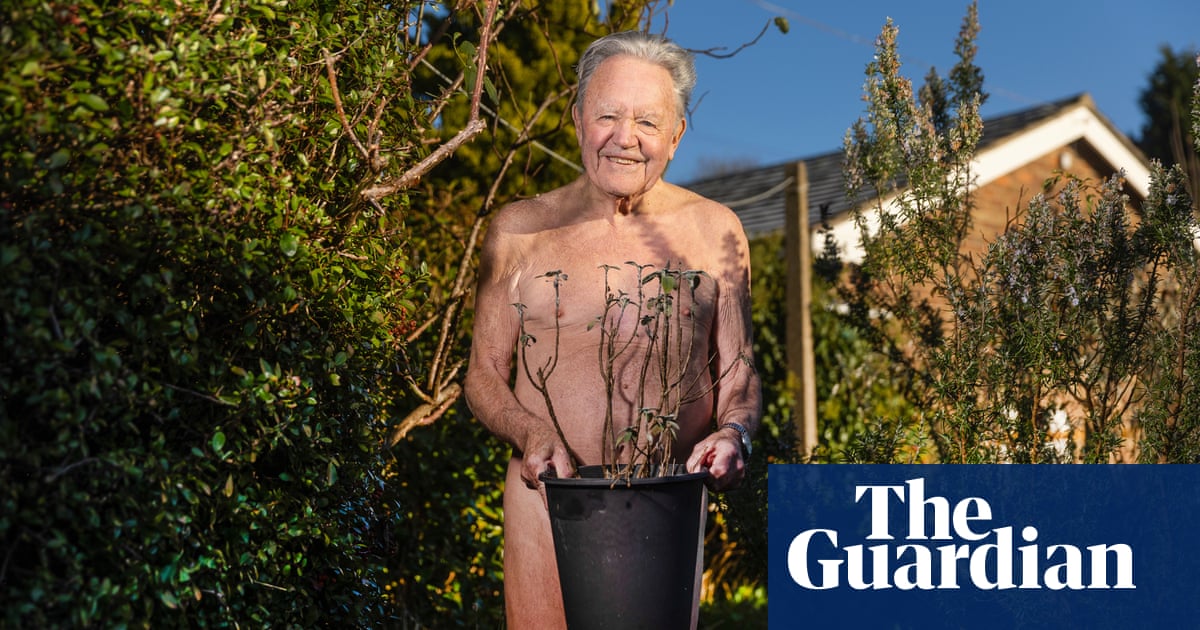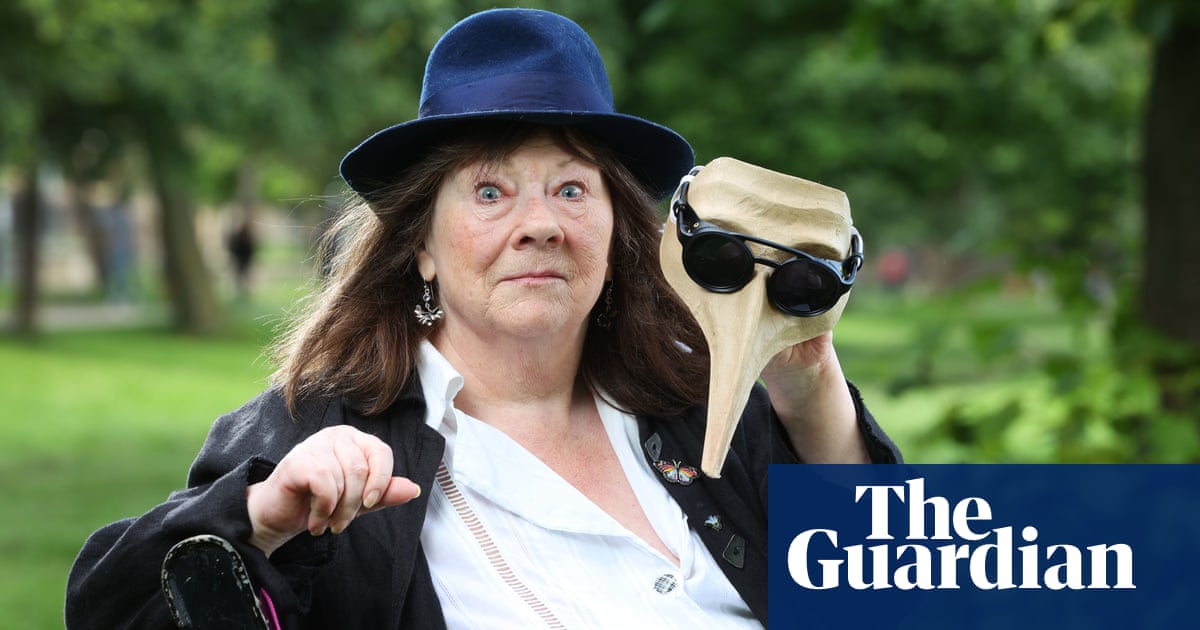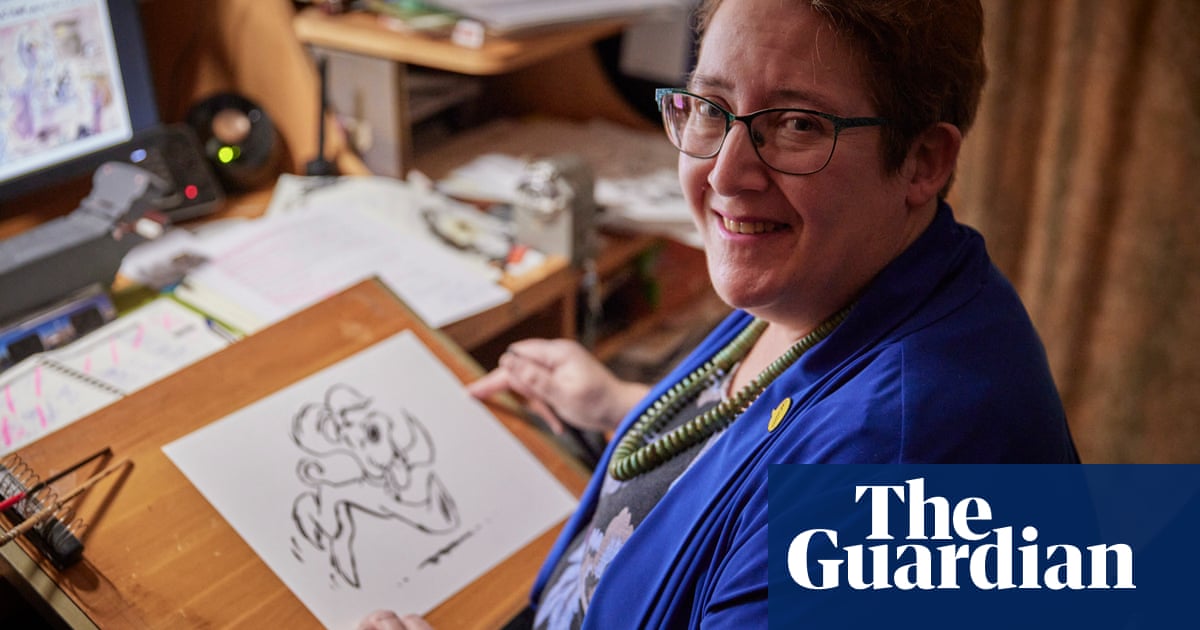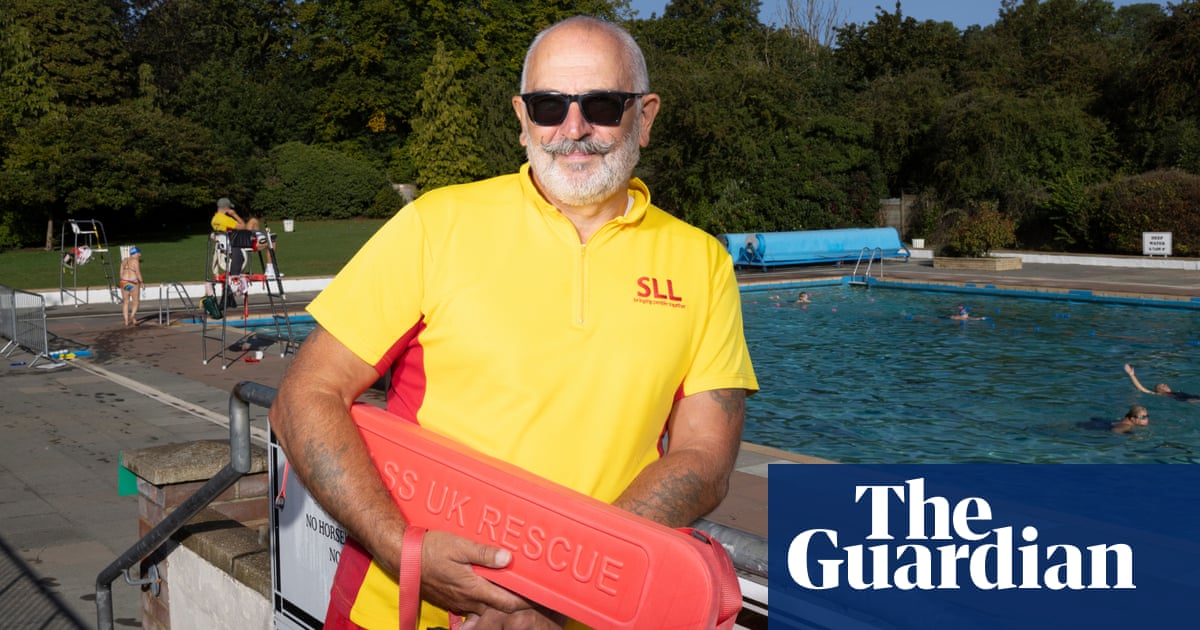
At 66, Diana Johnson has just embarked on her third career. She has moved to a different part of the country and become a priest with her own parish. The “thread” that brought her to this point runs right back to her teens and in Johnson’s mind, it blazes scarlet or purple, garish and unflinching. “Whatever bright colour you can think of. That’s my faith,” she says, speaking from the vicarage at St James’s Church Riding Mill, an Anglican parish in Northumberland. It is only recently that she has also come to see a second thread running through her life – gender dysphoria. For more than five decades, she identified as male.
When Johnson was growing up in London, her family “weren’t very religious”, by which she means they were “on the edge of a church” rather than in the thick of one, and didn’t say grace or bedtime prayers. But by the age of 16, when she won a scholarship to the Royal Military Academy Sandhurst, she began to sense a greater intentionality in her own beliefs. “It was a conscious thing. The question was, where was this leading?”
The consciousness and the questioning must have grown because eventually, after 22 years of service and with the rank of lieutenant colonel, Johnson felt herself “drawn out” of the army and into theological college – as if someone or something were pulling on that thread. Her wife, Penny, who also served in the army, was in remission from cancer, but the illness “galloped up” and she died two years later, leaving Johnson and their three daughters, then aged 17, nine and seven.
Ordination no longer seemed viable. It wasn’t that Penny’s death had caused Johnson a crisis of faith – on the contrary, faith underpinned the pain; but other practicalities proved decisive. Her children had “settled into the most lovely, nurturing school” in Cambridgeshire, so when Johnson was offered a teaching post there, “it became a no-brainer”. For 22 years – as long as she spent in the army – Johnson taught.
Her daughters grew independent and pursued their own lives. So why did it take so long for Johnson to be ordained, at 63, and then to seek her own parish? At this, Johnson starts to describe a Venn diagram, comprising three circles: the army, teaching and the priesthood. It’s like a shape-sorter of selfhood.
This seems a curiously firm structure with which to make sense of one’s life. Johnson cites the Myers-Briggs personality tests, and believes herself to have switched from introverted to extroverted. There is a wish, or need, to self-categorise, to “turn stuff into something graphic”. She studied engineering in her first degree, and finds comfort in the ability of mathematical models to explain personal complexity.
Around 10 years ago, Johnson discerned that second thread. Unlike her faith, her gender dysphoria had been harder to spot, and had somehow wound itself through her years unnoticed. She never discussed these feelings with Penny – “To my shame, I didn’t know what was going on” – and did not begin to “investigate” this aspect of herself until 2010. She realised she could not pursue her vocation before she was “settled and centred”, and so began the process of transitioning.
“As I like to think of it, I’m still the same soul, but how the world receives me is different,” she says. She began living as a woman in 2012. Her transition has spurred mixed feelings in her daughters: acceptance, hurt, closeness, distance.
During her ordination, however, Johnson looked up into the lantern of Ely Cathedral and “imagined Penny, spiritually, like a bird fluttering around and looking down, and approving. This has been a journey. We spent some of it together, journeying. She didn’t make it. But I felt she was there,” she says.
The result is something more than peace: a challenge. As she settles in with her new congregation in Northumberland, Johnson says, “My adventure is about to start. And I dare say, so is theirs.”












